Affiliate links may be included for your convenience. View our privacy and affiliates policy for details.
Gesso is more versatile an art supply than you might think, as these common and more unique uses for gesso will display.
What is Gesso?
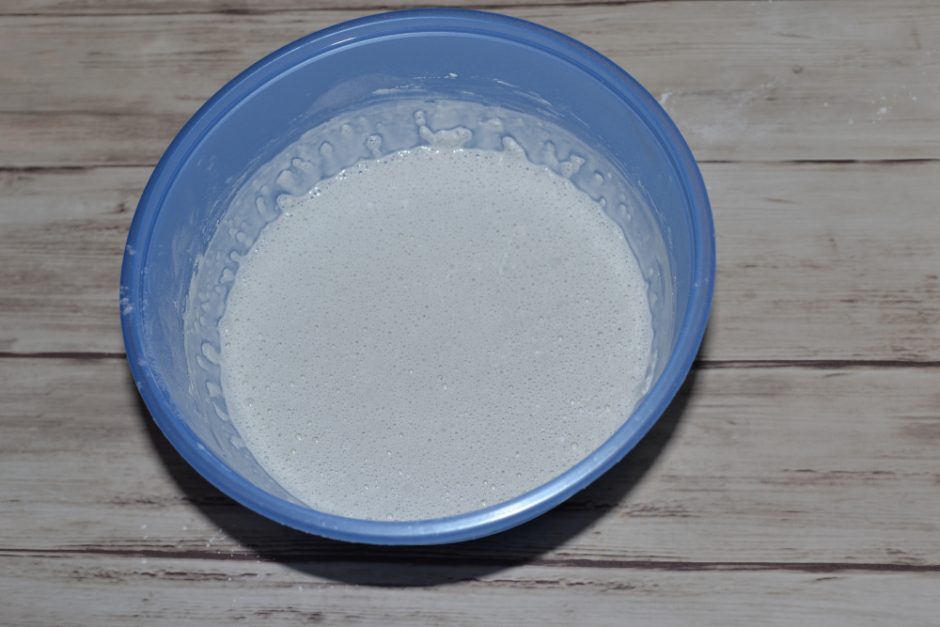
If you are not a painter, you might not have heard of gesso. It’s a substance that can be purchased, or you can make your own gesso. It’s useful in a lot of different ways in your art work.
In simplest terms, gesso is thinned out paint (usually white) with additives such as chalk (gesso actually means chalk in Italian), gypsum, calcium carbonate or whiting that give the paint a bit more texture.
It helps the paint adhere to the surface you are painting on, but there are other uses for gesso as well.
Prepping Surfaces with Gesso
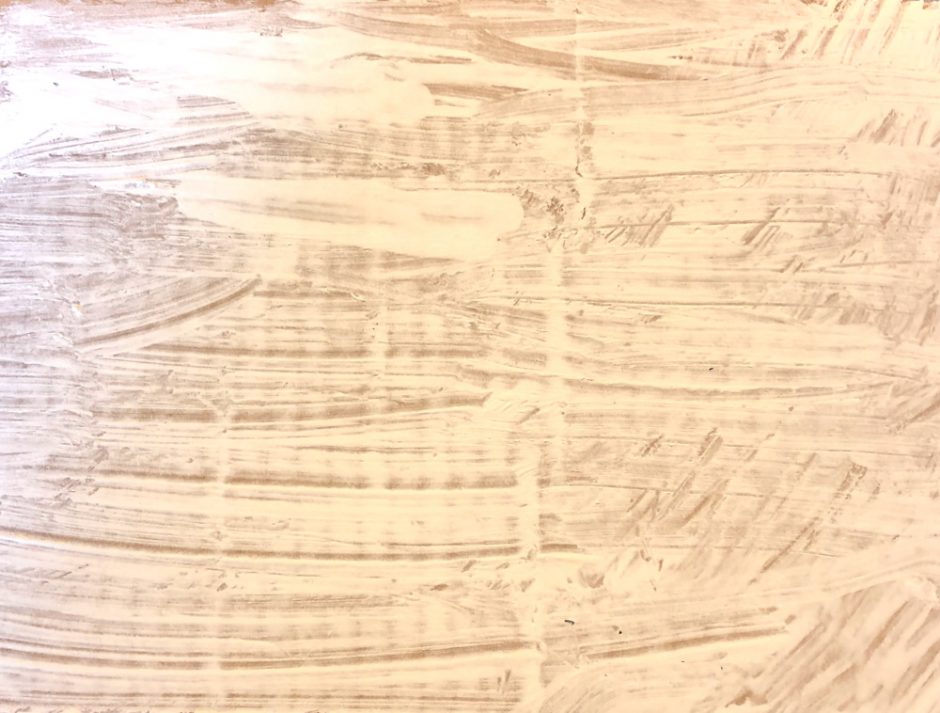
Many commercially purchased canvases for painting are pre-primed with gesso. If you make your own canvases or use other surfaces for painting, starting with a layer — or more than one — of gesso is a great way to ensure the paint won’t soak into the surface.
I do a lot of painting on cardboard (because I’m cheap and I generally have cardboard lying around when I want to paint something; it’s also great for experimenting with paint pouring) so I use gesso when I think of it to keep the paint from soaking into the cardboard.
You can also add extra layers of gesso to primed or unprimed canvases to add texture. It’s recommended to use several layers when working with oil paints, for example, or on canvas or linen. I usually only use one layer of gesso when I prep cardboard and that seems to work fine for my purposes.
Use Gesso to Fix Mistakes
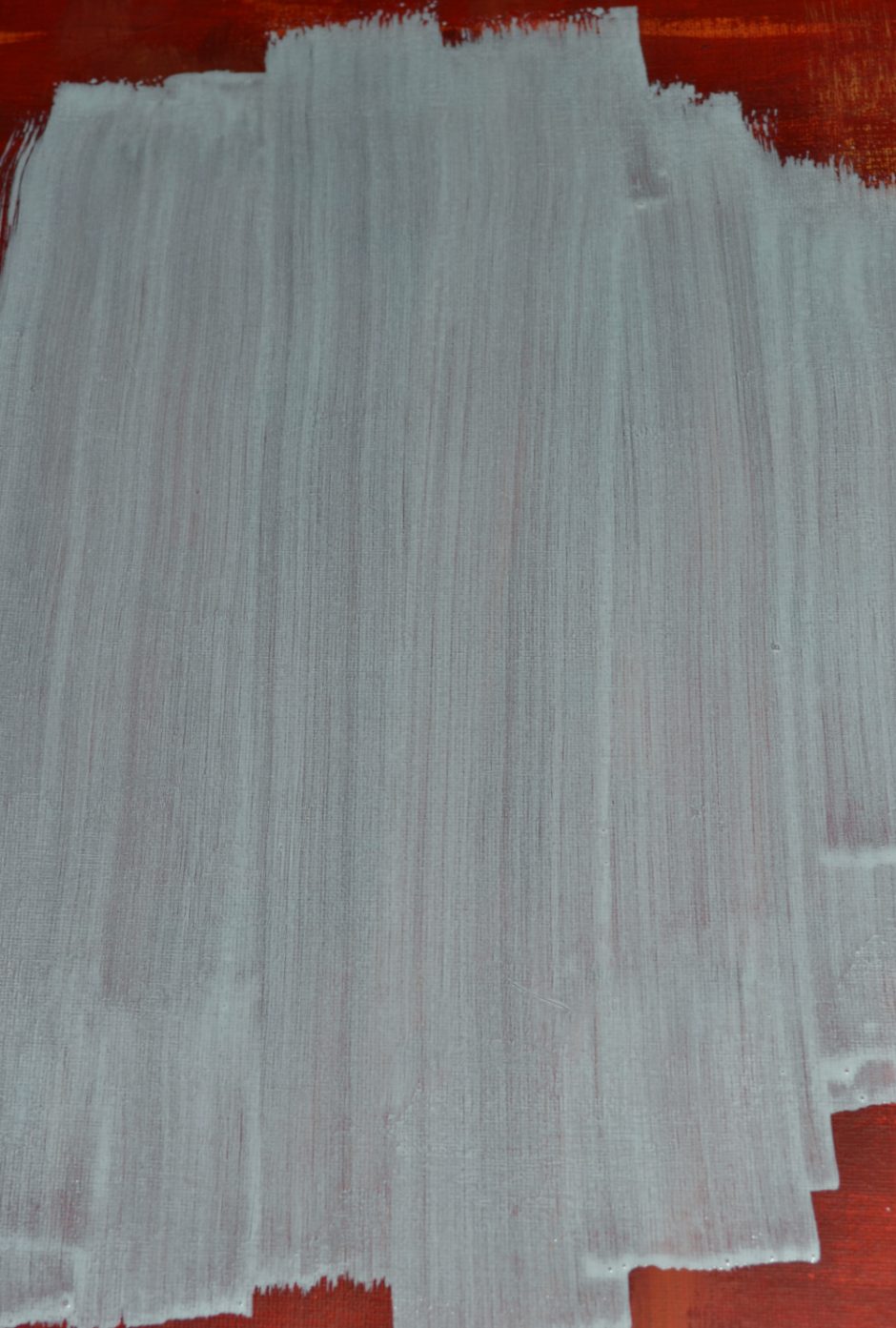
Probably my favorite of the myriad uses for gesso is to cover up mistakes in paintings or projects that I end up not liking as much as I had hoped.
Once I did a painting and I wanted to draw a flower on top in black ink, but I messed it up. After covering the mistake with gesso and painting over it again, you couldn’t tell the flower had ever been there.
My daughter did a messy painting on a big canvas at a friend’s birthday party many years ago, and she wants to paint over it to make it something she’d like in her room now. We are going to gesso it and let her start over.
Using Gesso in Your Art Journal
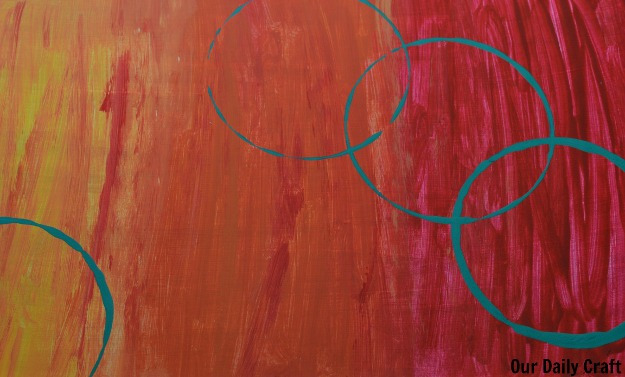
I once tried making an old book into an art journal by covering the pages with gesso. This wasn’t super successful because I used a glossy board book, but the idea is sound. Adding gesso to paper makes it stronger and keeps paint and ink from soaking through.
By giving the paper a little more texture, gesso gives paint, ink and other things you might add to your pages something to hold onto. It can be used just to add texture and, again, to cover up things you end up not liking or to partially obscure things so you can add another layer to your project.
If you’re planning to use a lot of paint or heavy embellishments on an art journal page, you can also gesso both sides, as this post from Artists Journals Blog suggests.
Gesso as a Paint Lightener
As I was searching online for different uses for gesso, I found this comment from artist Jo Toye that she uses gesso instead of white paint to make a tinted color.
She says she likes the matte finish that gesso gives to paint, and that gesso is less expensive than white acrylic paint (especially if you make your own), making it an economical way to change the color of your paint without having to buy different tints.
More Cool Uses for Gesso
I definitely haven’t tried everything that you can do with gesso, but it is a really cool and versatile material. As soon as I find a stencil I’m going to try this technique from Lynda Heines using gesso to make a textured stencil as the background for a journal page (it could make a cool card, too).
The Stampington blog also has a great collection of ideas for using gesso, including as an alternative to chalk paint and as a whitewash layer over something you’ve already painted. How cool is that?
How do you use gesso in your creative practice? I’d love to hear your ideas!
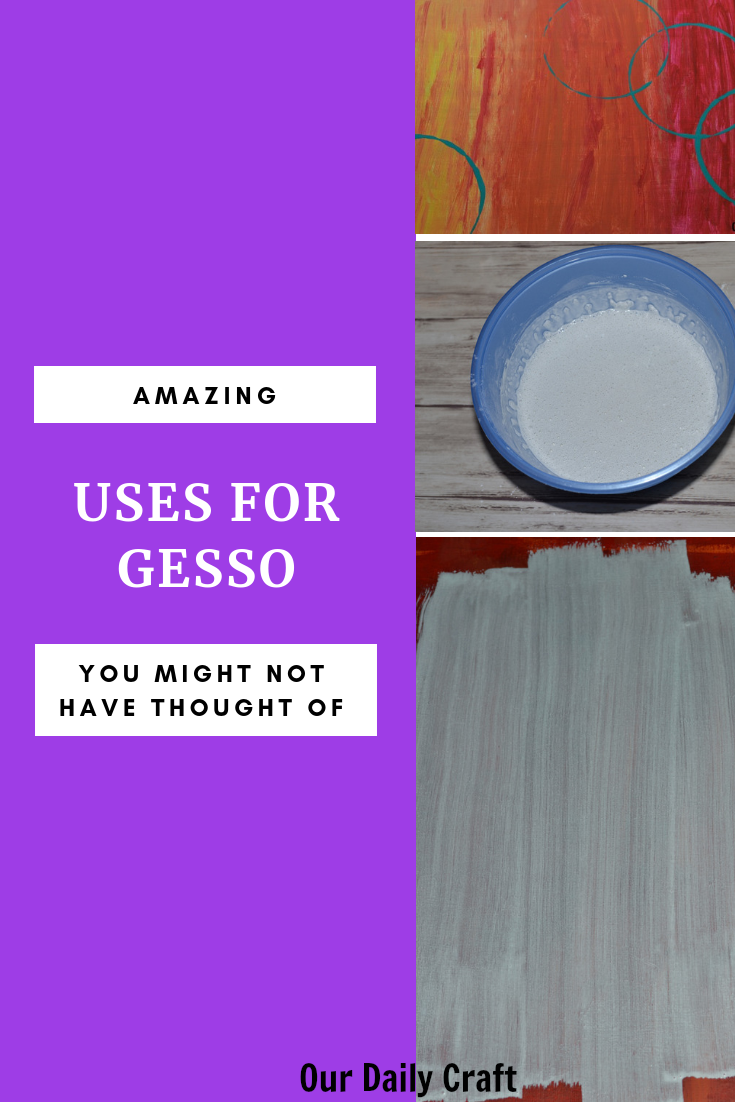
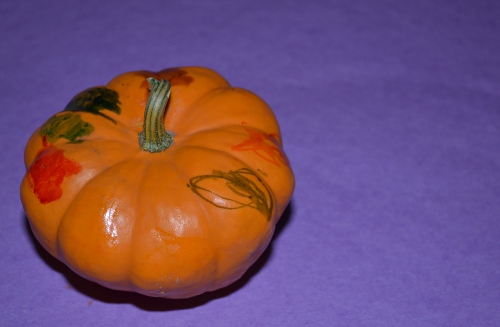

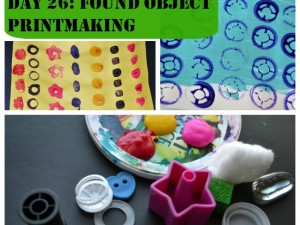
11 Comments
Hi! I used it on a stencil as I thought it was the same thing as texture paste and I didn´t have that. seemed to work ok!
Oh that’s good to know! Thanks for sharing.
Can I use Gesso with mod podgr and apply to fabric
Can I put gesso on a metal tray to do a photo transfer? The metal has a design that I don’t want coming through on the white parts of the photo. Will it be flexible enough to carry objects? I have Golden Acrylic Sand able Hard Gesso because I wanted to make it smooth to transfer. Is there one that is better suited?
Read that artist Margaret MacDonald MacIntosh used to create very thick Gesso of Rabbit-skin glue and Plaster of Paris and use it as a surface, building it up on her canvases, and then add paint to it, also imbedding glass into it. Some of her most famous works are her (very heavy) gesso masterpieces. Haven’t seen it done elsewhere and wondered if anyone has ever used it this way and (since that was back in the 1910’s-20s) if there was a more modern medium than rabbit-skin glue these days!
I used Gesso over acrylic, but not to cover an old painting but to add an effect to the developing painting. Now I have a beautiful painting with quite a lot of gesso as the last layer. My dilemma now is how do I preserve this painting, so that th egsso doesnt start to crumble over time? I cannot find any discussions on varnishing/sealing gesso, as gesso is usually the primer. I would appreciate any suggestion to help me solce this predicament.
Thank you in advance.
Elisabetta
Thak you for sharing detailed information. Now I’m going to try on my canvas.
Can you use gesso to ‘prime’ an acrylic card holder ? I want to use acrylic paints over the surface, but the card hold is too smooth.
I would give it a try! I usually use it on cardboard and paper and stuff like that, but I think it would stick to the acrylic just fine.